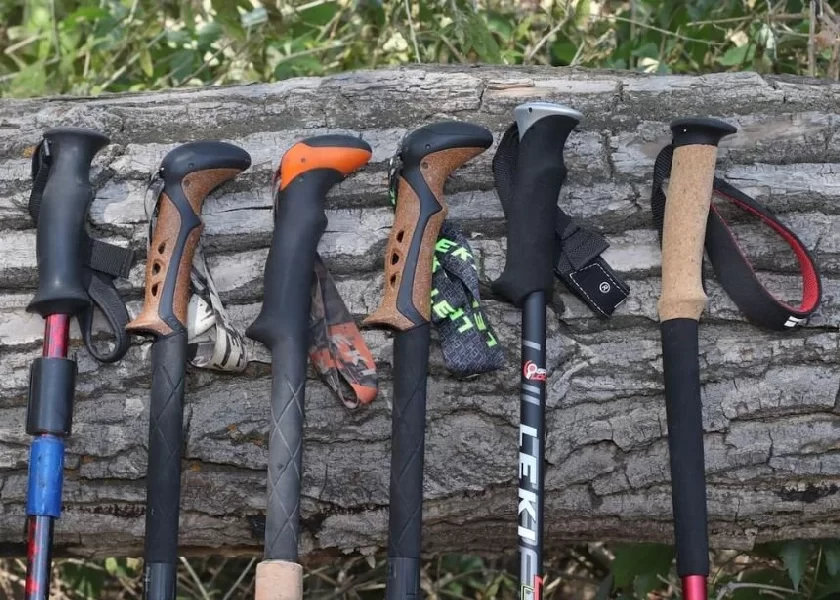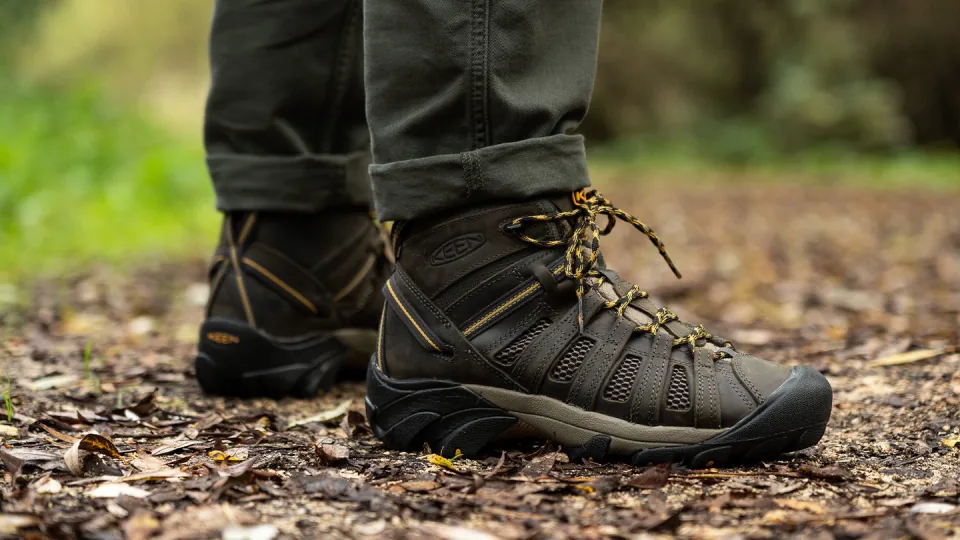
Introduction:
Trekking poles are invaluable companions for outdoor enthusiasts, whether you’re a seasoned hiker or a beginner exploring the trails. These lightweight, adjustable tools provide stability, reduce strain on your joints, and enhance your overall trekking experience. However, with numerous options available, selecting the right trekking poles can be a daunting task. In this blog post, we’ll guide you through the essential factors to consider when choosing the perfect trekking poles for your adventures.
- Pole Material:
Trekking poles are typically made from aluminum or carbon fiber. Aluminum poles are durable, affordable, and suitable for most hiking conditions. Carbon fiber poles, on the other hand, are lighter, absorb shock more effectively, and provide greater vibration dampening. Consider your budget, hiking style, and preferences to determine which material best suits your needs. - Adjustability:
The ability to adjust the length of your trekking poles is crucial for adapting to different terrains and personal preferences. Look for poles with adjustable mechanisms such as twist locks or lever locks. These mechanisms allow you to extend or shorten the poles to match your height and the steepness of the trail. - Grip Design and Material:
Comfortable and ergonomic grips are essential for a pleasant trekking experience. Common grip materials include foam, cork, and rubber. Foam grips offer excellent cushioning and moisture-wicking properties. Cork grips conform to your hand shape, provide natural warmth, and absorb sweat effectively. Rubber grips offer durability and perform well in wet conditions. Consider your personal preference, grip moisture management, and the climate you’ll be trekking in when choosing the grip material. - Wrist Straps:
Wrist straps are designed to provide support and distribute the weight of the poles. Look for adjustable, padded wrist straps that are easy to put on and take off. Properly adjusted wrist straps can alleviate hand fatigue and prevent dropping the poles accidentally. Ensure the straps are comfortable and allow for natural hand movement while securing your grip. - Pole Tips:
Pole tips are crucial for traction and stability, especially on different terrains. Most trekking poles come with interchangeable tips to accommodate various surfaces. Rubber tips provide excellent grip on hard surfaces and reduce noise. Carbide tips offer superior traction on rocky terrain and ice. Consider the types of trails you’ll be trekking on and choose poles with compatible tips that suit your specific needs. - Shock Absorption:
Some trekking poles feature built-in shock absorption systems to reduce the impact on your joints and muscles. These systems absorb vibrations and jolts caused by uneven terrain. If you have joint issues or frequently hike on rugged trails, consider poles with shock absorption technology. However, keep in mind that shock-absorbing poles tend to be slightly heavier. - Weight and Portability:
The weight of your trekking poles can significantly affect your comfort and endurance during long hikes. Lightweight poles are ideal for those seeking minimal weight and packability. However, keep in mind that lighter materials may sacrifice durability. Consider the balance between weight and durability based on your hiking style and preferences. - Brand Reputation and Reviews:
Researching reputable brands and reading reviews from other hikers can provide valuable insights into the performance and reliability of trekking poles. Look for brands known for their quality craftsmanship, reliable customer service, and positive customer feedback. Genuine user experiences can help you make an informed decision and find trekking poles that meet your requirements.
Conclusion:
Choosing the right trekking poles requires careful consideration of factors such as material, adjustability, grip design, wrist straps, pole tips, shock absorption, weight, and brand reputation. By assessing your hiking style, terrain preferences, and personal needs, you can find trekking poles that enhance your stability, reduce fatigue, and provide a more enjoyable trekking experience. Invest in high-quality trekking poles that will accompany you on countless adventures, helping you conquer new trails and experience the beauty of nature. Happy trekking!



